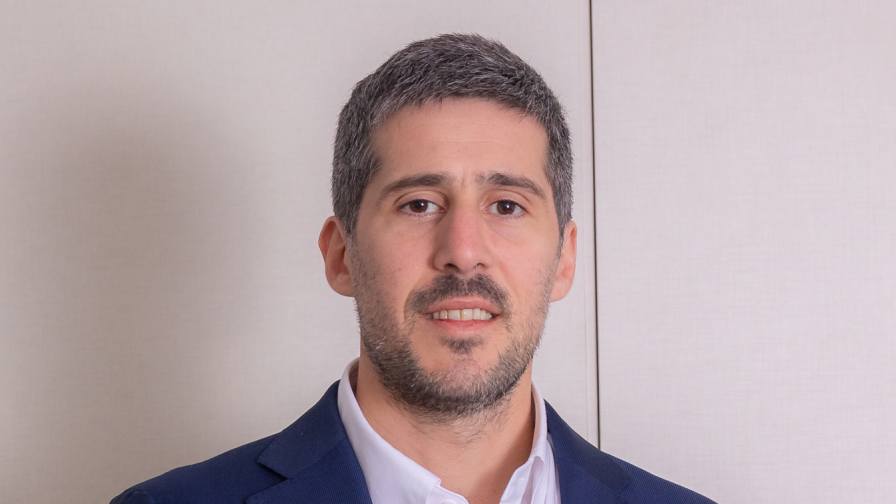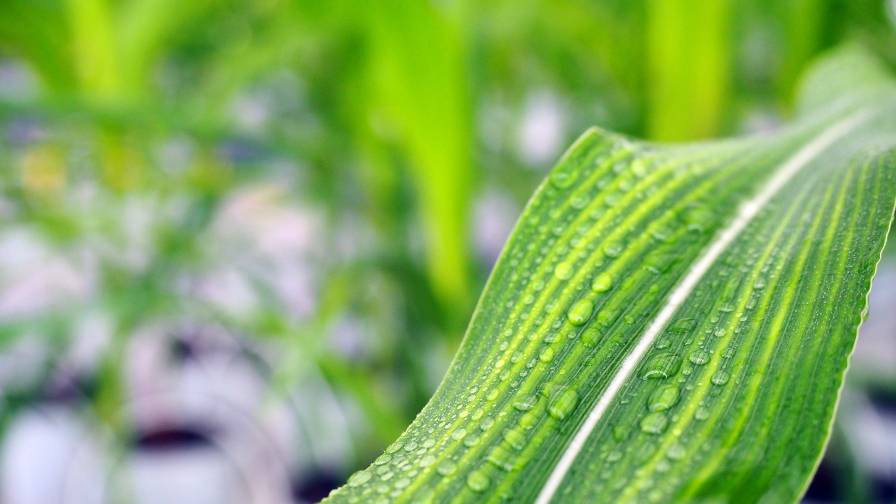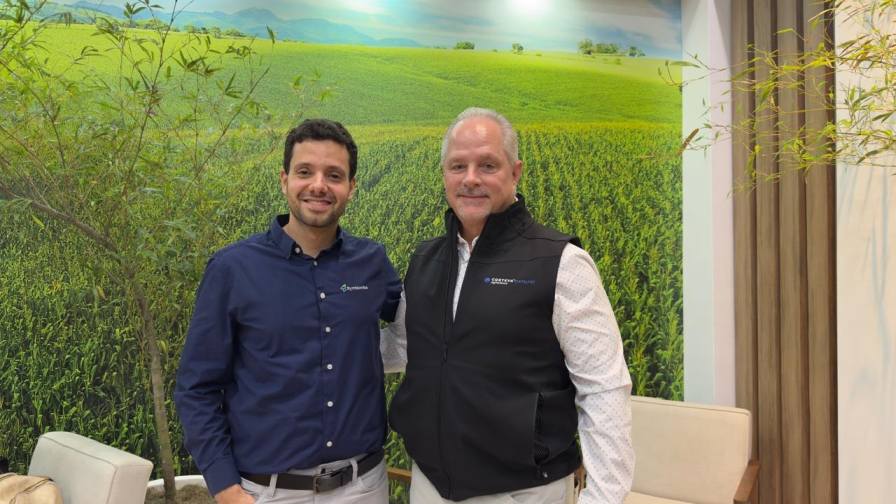Brazil Sets the Pace for Biologicals in Row Crops
“Growth of biologicals in Brazil is just exploding,” Mark Trimmer, managing partner at biologicals research firm DunhamTrimmer, tells AgriBusiness Global in an interview in late May. “They seem to be the first country that has really solved the challenge of finding ways to use biologicals in row crops in large degrees.”
Trimmer notes that growth in the United States “is in the neighborhood of 2 to 3 times for biologicals than for traditional crop protection, and Brazil is at least twice that.”
Partly driving the expansion, which he says began to launch two to three years ago, is government policy that has implemented financing systems making it easier for startup companies to finance a manufacturing plant. The subtropical climate and longer growing seasons have also sped up the path to adoption in row crops.
“Clearly, I think there are going to be lessons there that maybe some companies will be able to transfer from Brazil to other countries,” Trimmer said.
Insecticides make up 41% of biological products in the country, followed by nematicides (35%) and fungicides (24%), with specific products for nematodes reaching an area more than 5 million hectares, according to research from Spark.
According to the Brazilian Ministry of Agriculture, Livestock and Supply, 95 new pesticides for biological and organic control were registered in 2020 alone creating revenue of $307 million. Europe and North America lead the biological market, but Brazil is moving in the right direction to be a leader as it demonstrates lower production costs and as adoption of sustainable farming practices increases in the region, writes Lux Research’s Deepesh Bista.
“The recent success of biologicals in Brazil is due to its well-established extension system and fewer regulatory barriers to foreign companies. The need for alternative inputs in agriculture will expand the use of biologicals, and Brazil presents clients a model for scaled-growth opportunities,” Bista explains.
A big player in the Brazilian biologicals market, Dutch company Koppert signed a financial agreement last year with Rabobank worth approximately $10 million to increase Koppert’s production capacity in the São Paulo city of Charqueada, where it concentrates its production of macrobiological products for agriculture.
It also acquired the Brazilian biological control company, BUG Agentes Biológicos, strengthening its position in the macro-biological crop protection market in Latin America. BUG is a pioneer in biological control in Brazil and is internationally recognized for its innovative work with Trichogramma galloi wasps, used in more than 400,000 hectares in sugarcane.
On the conventional insecticide side, acephate, and the pyrethroid and neonicotinoid classes are the top three product types used in the country.
ADAMA has all three in its portfolio, and while glyphosate availability and prices have been much harder hit by supply chain troubles, insecticides are still costing buyers approximately 15% more in Brazil on huge spikes in freight and oil prices, says Alexandre Pires, ADAMA head of marketing, Brazil.
To help growers battle rising resistance issues and diversify management of tough pests like caterpillars, stink bugs, and leaf hoppers – the latter of which hit corn crops in the country more strongly than normal last year – ADAMA launched its biosolutions platform in 2020. The company has three biological products, including a bioinsecticide, in Brazil thus far and intends to reach $100 million in sales for the platform in the coming years.
“The thing the farmer is looking for is a combined strategy – integrating different tools to help them produce more,” says Pires, noting that in Brazil, strict legislation contributes to protection of the environment. “Over the last five years, yields have increased more than acreage, as they simply can’t open more area (for growing). They are trying all the time to increase yields.






